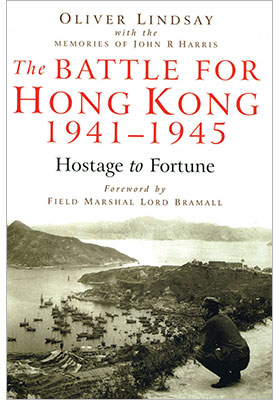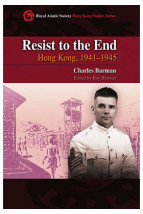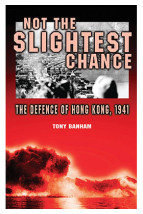The Battle for Hong Kong 1941–1945
Hostage to Fortune
(香港戰役 1941–1945:從戰俘至收獲)
ISBN : 978-962-209-779-7
December 2005
300 pages, 6″ x 9″, 4 b&w maps
For sale in Asia only
- HK$275.00
Although it is over 60 years since Hong Kong was liberated from the Japanese, numerous important questions regarding the Far Eastern war and occupation of the Colony from 1941 to 1945 have not been explored until now. To what extent, for example, were Churchill and the successive Chiefs of the Imperial General Staff responsible for abandoning this outpost, which could not be reinforced when attacked or defended adequately? Is it true that fine leadership prolonged the fighting, inflicting serious casualties on the highly experienced Japanese when they struck in 1941? How useful was Britain’s spying organization in China, which led to catastrophic repercussions for the POWs and Internees? What form did the Japanese atrocities take upon the helpless captives?
In this remarkable new study, Oliver Lindsay and John R. Harris have provided the most thorough and searching enquiry into the débâcle which led to over 12,000 British, Canadian, Indian and Chinese defenders surrendering Hong Kong on Christmas Day 1941. The authors have made use of a mass of unpublished official material—part of it drawn from the original war diaries which have never before been in the public domain.




